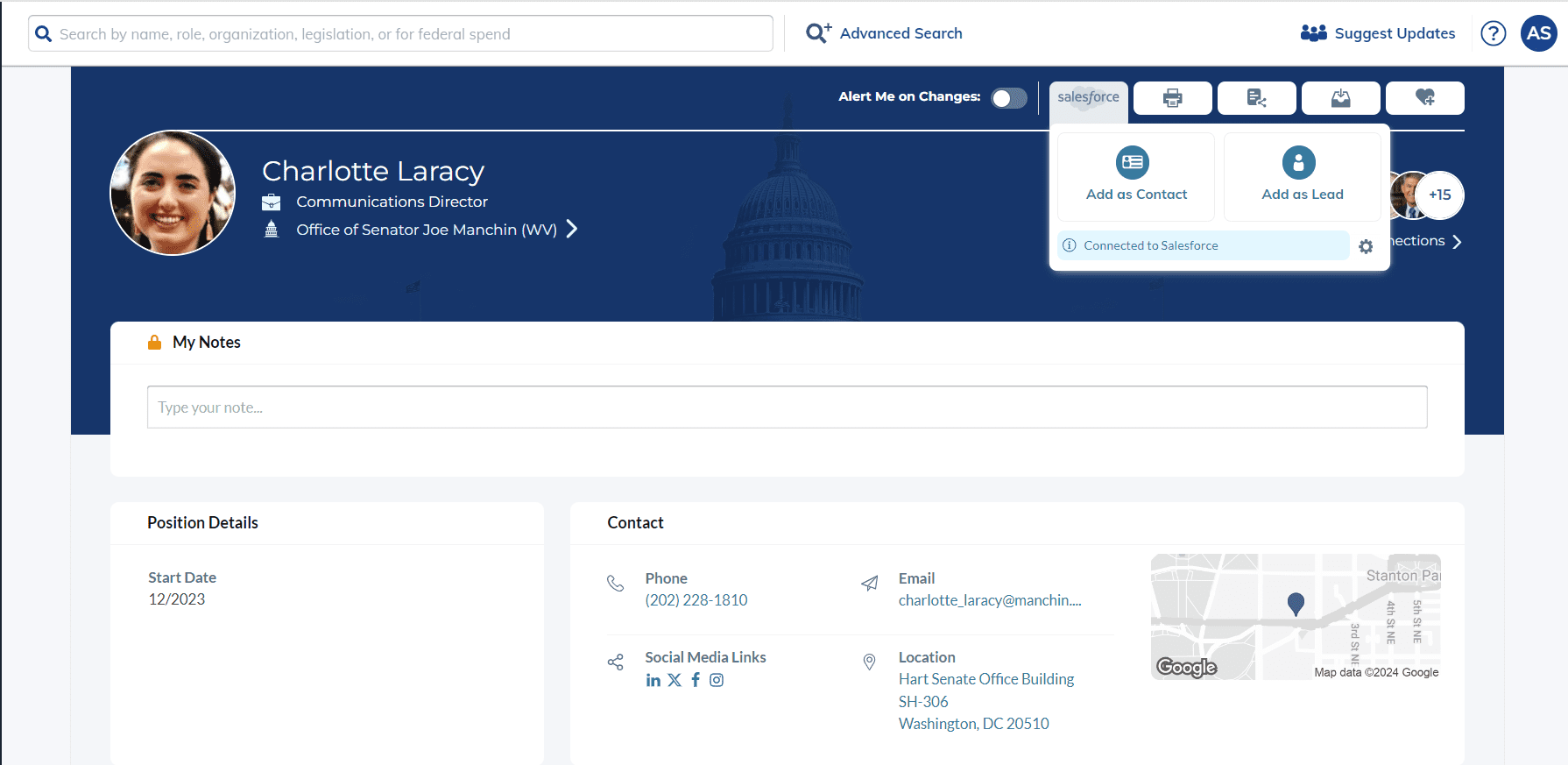Running full speed ahead into 2024, Leadership Connect hosted their second webinar this year focusing on what’s behind the “sexy” Salesforce dashboard.
The panelists included:
- Marcellus C. Walker Jr., CPM
Chief of 311 Operations
Office of Unified Communications
- Valerie Vasquez
Director of Global Public Policy and Regulatory Strategy
True Anomaly
- Michael Crosby
Chief Executive Officer
Leadership Connect
Read their takeaways below or watch the rebroadcast here.
3 Elements to a Successful Salesforce: Scoping, Culture, and Implementation
Scoping – Where do you start when considering Salesforce?
- Ensure you’re able to view the goals & missions your agency has set forth.
- Be realistic about your project scope: crawl–> walk–> run approach.
- Do not bite off more than you can chew.
- Recognize the project you are undertaking, dedicate time and resources to optimization.
Culture – How do you know if you have the right culture to implement Salesforce?
- Need to have buy in, collaboration, and continuous improvement initiatives.
- Leadership needs to promote Salesforce culture for successful implementation.
- Identify your team’s needs and equip your staff with appropriate technical support.
- Be flexible – accept technological change.
Michael’s drivers of cultural failure:
- It’s too much too soon.
- People aren’t willing to work with a new system.
- Too many data entry responsibilities.
People and cultural aspects are paramount to a successful Salesforce.
Implementation – What talent do you need? When is it time to admit it’s not working?
- Marcellus ensures an internal training & support team is in the room, advising teams to build a relationship with the team to make it a successful initiative. It supports less monetary waste.
- A training resource with a technical/administrative ability
- From an industry perspective, Valerie encourages teams to understand the ROI: is there buy in amongst stakeholders? Did we have an effective implementation plan for business operations? If you can’t answer these questions, maybe it’s time to down-scope.
Panelists’ 4 Best Practices for Migrating Legacy CRM Systems:
- Assess the project & accept the transition.
- Strive for transparency – It will bring results.
- Set realistic timeline and resources.
- Understand and use your technical capabilities to transfer data between systems.
Show me how: Utilize technical capabilities
“Competition for the desktop” – How to encourage adoption of Salesforce.
- There is no standard you must incorporate – Valerie pointed out the challenges with amassing buy in from a team, “It’s crucial to sell the solution as more than an informative tool – it also helps to understand the status of a project, increase business operations, allow staff to leverage dashboards, etc., the tool is only as useful as the data in it.”
- Marcellus added that especially with remote work, it’s important to consistently update higher training to ensure teams know how to optimize their solutions.
- “If it’s not in Salesforce, it didn’t happen” – Michael Crosby. Incentivize your team to review Salesforce data before acting on a relationship. Having clear expectations and guidelines for your staff is necessary.
Data is the Gold Standard – How to assess the health of your Salesforce.
Valerie’s questions for assessing your data quality: Can this data be used for our own data analytics? Can this be used by the Executive Suite to make decisions on business operations? Can the data accurately determine company health?
Data ages like a fish: some teams can swim around stale data, but what are the consequences of acting on that data? Oftentimes, budget is not allocated for a data plan and the success of an organization can be reliant on their own team entering data.
“One of the fastest ways to lose the viability of your implementation is having poor data quality and not having a plan in the first place.” – Michael Crosby
Show me how: Salesforce data updates

Missed the discussion? View the panel here.












